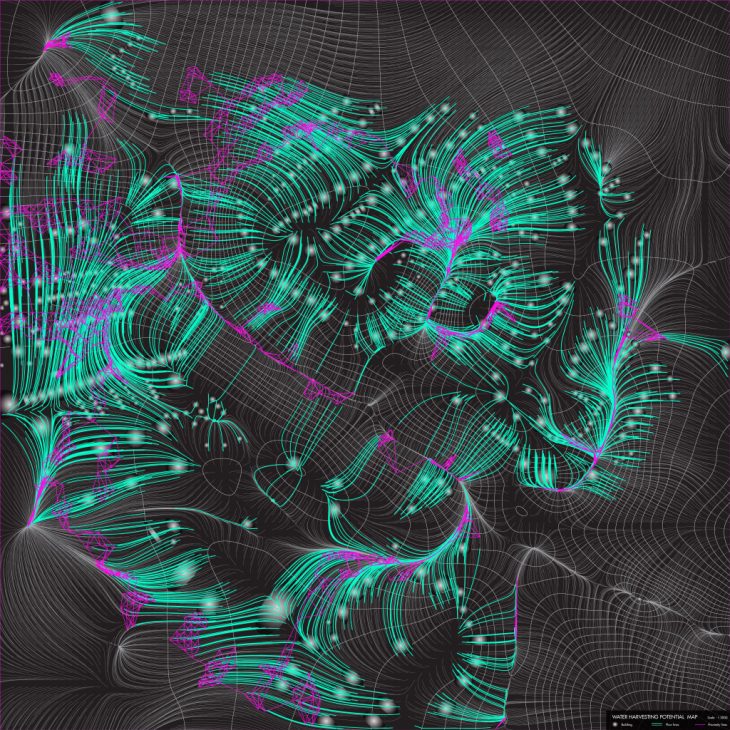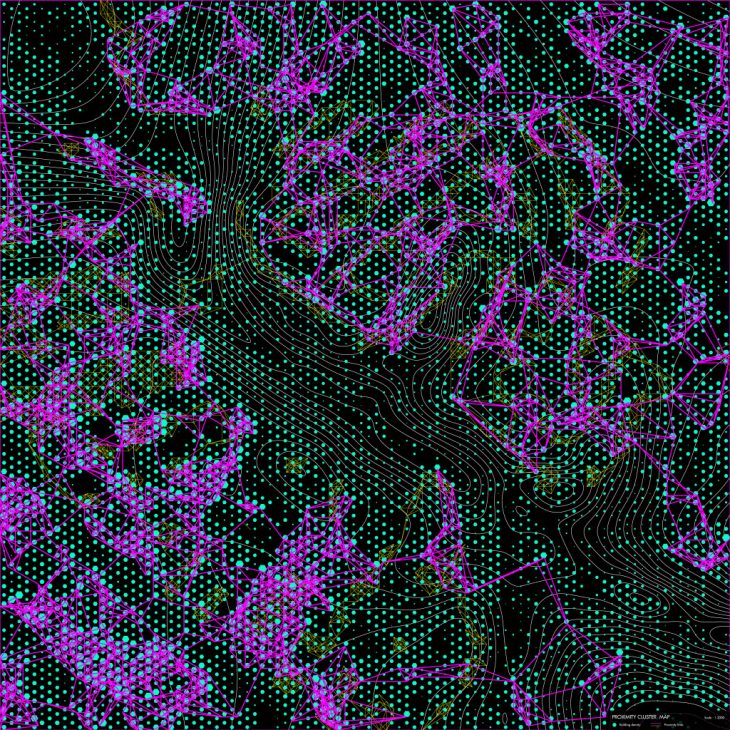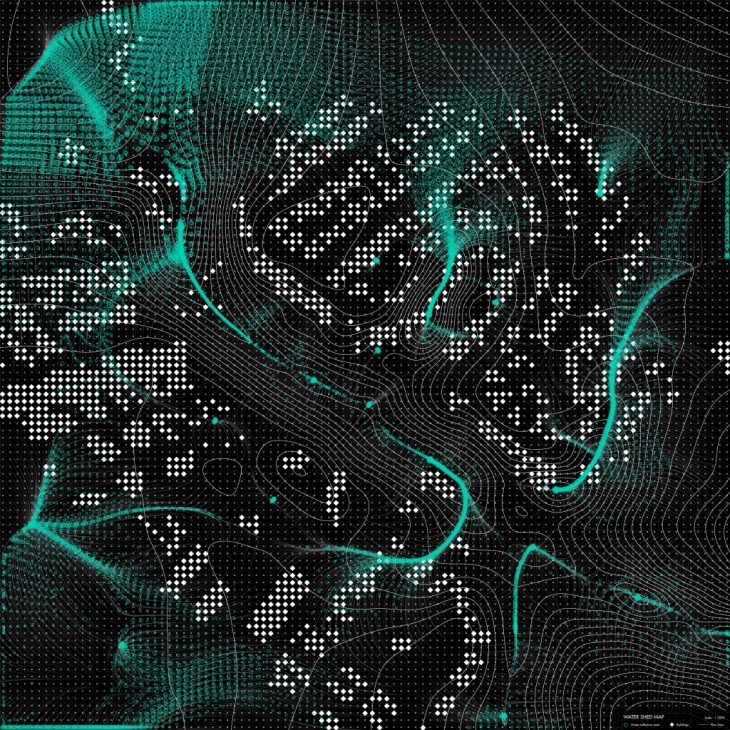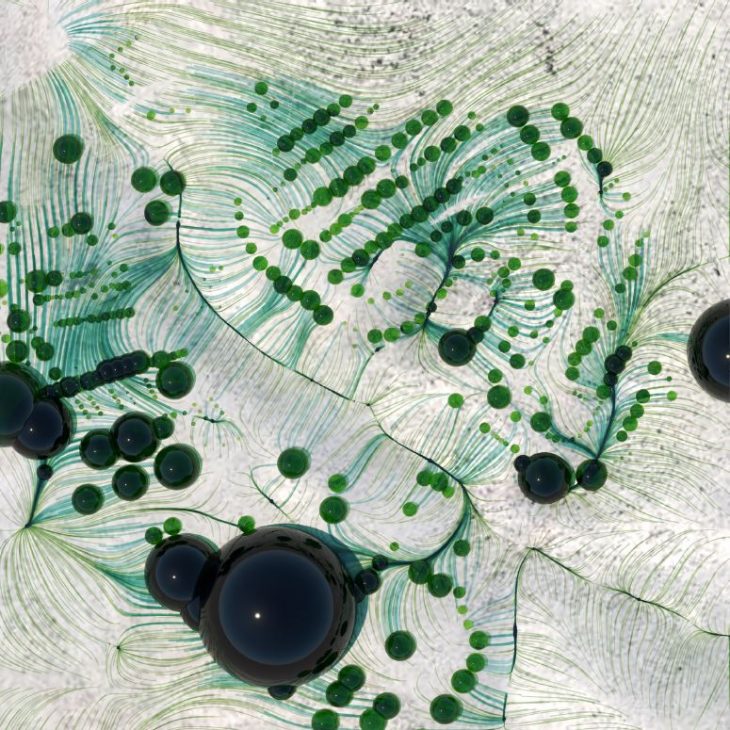Guatemala
General- The Ravines problem
Guatemala City, is the capital of Guatemala, and has a population of 2.4 million inhabitants.
Guatemala city is considered one of the poorest cities in Guatemala.
The city is built on the plateau around the ravines.
Ravines are generally a fluvial slope landform of relatively steep sides, on the order of twenty to seventy percent in gradient. Ravines may or may not have active streams flowing along the downslope channel which originally formed them; moreover, often they are characterized by intermittent streams, since their geographic scale may not be sufficiently large to support a perennial watercourse. In the case of the ravines of Guatemala city, they consist of about 42% of the city’s area terrine shape. This topographic was created due to multiple reasons, but mainly by earthquakes and erosion of the volcanic soil land of Guatemala city.
Until the year 2000, the ravines of Guatemala city were barely mentioned in municipal levels.
During and before that time many things occured around these ravines:
• Refugees found shelter and a place to live in a cheap and off the city’s grid (although they may be located in the middle of the city).
• Unplanned building and Slums.
• 80% of the trash of the city makes its way to the ravines. (especially ravine in zone 3).
• Water contamination by trash and cities sewage.
• Low socio-economic populations are pushed into the ravines.
• Destruction of fauna and flora.
• Dumping old graves and coffins into the ravines.
All this and more made the ravines dumps and contaminated areas that get neglected by the municipality and government of Guatemala.This is a complete opposite approach of what the ravines can be and do to Guatemala city.

Current status
Currently there is no recognition of the existence of natural environments, despite the geographical and ecological position of guatemala. The city grows above the level of the ravines without looking down.
In the current local culture, being above the level of the ravine means being part of the productive strata of the city, and therefore, everything that goes below this level represents an invisible layer denied by the city itself.
In this way, citizens seem to approve that the natural environment is everything that is within its territory . On the other hand, it creates a type of exception, where poverty, risk and social conflicts are allowed. The ravines are an uncertain ecology in the city, with important environmental attributes. But they are also a challenging territory with social and urban segregation problems.
A condition that has made them a residual land, devoid of economic appreciation in the productive strata of the contemporary city , and therefore an absent territory or with a weak presence in the urban agenda.
From this recognition of the need to find new ways to read, explore, interpret and synthesise the potentials of the urban landscape of the ravines, both from its morphology and typology; as from its particularities and strategic generalities for sustainable urban development.

Proposal
Our main idea is to create a water collecting network from around the ravines and using the steep topography of the ravines in order to create mini hydro-electric power plants.
The strategy is to involve the residents themselves and groups of activists (such as “Jungla Urbana”) on the ground in order to create a real and sustainable project that can showcase hydro-electric potential of the ravines and could be scaled up.
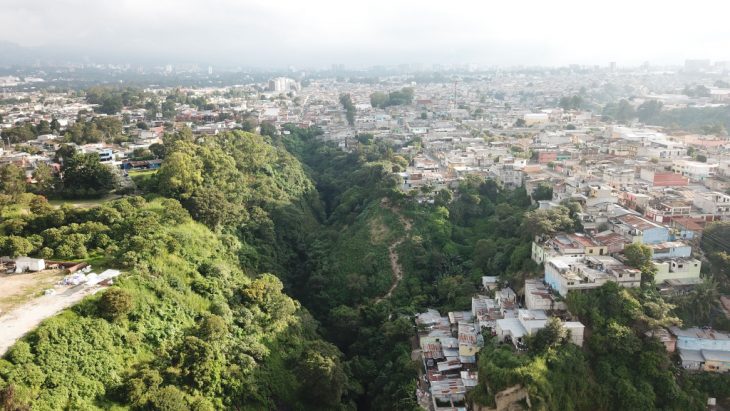
Maps
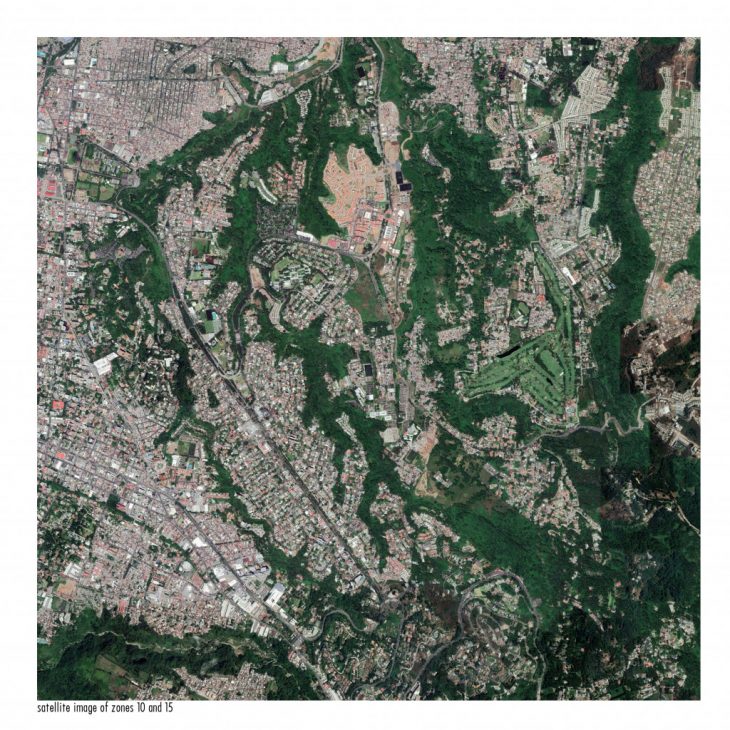
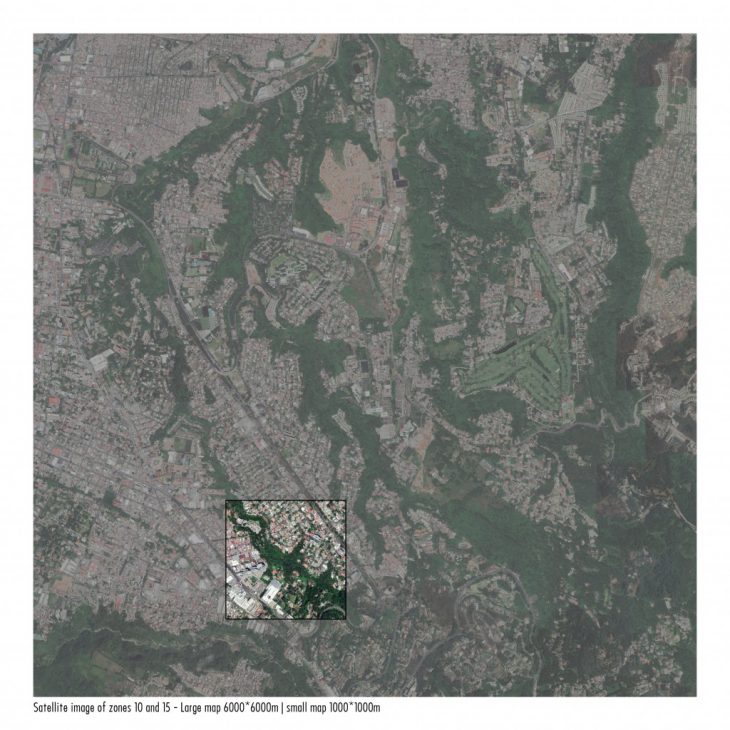
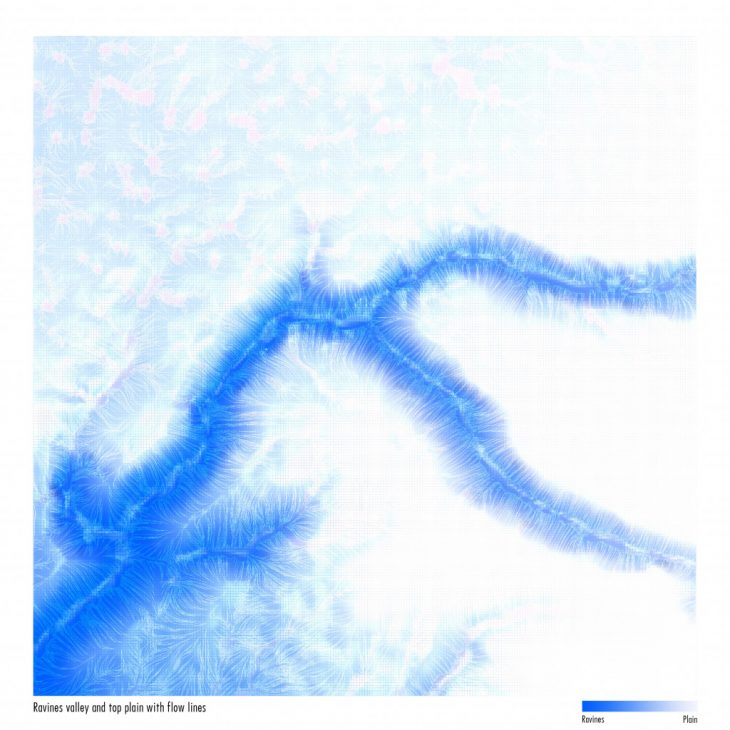
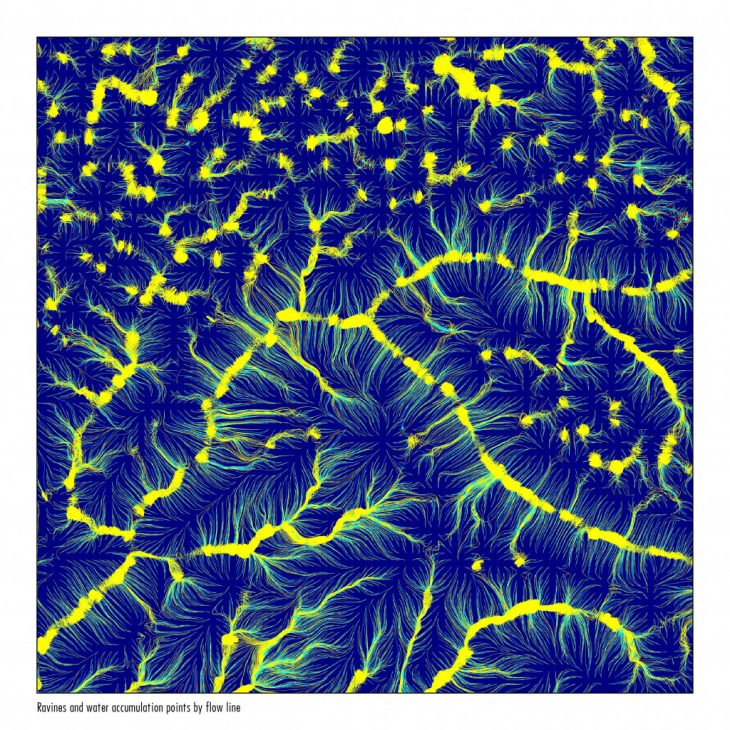
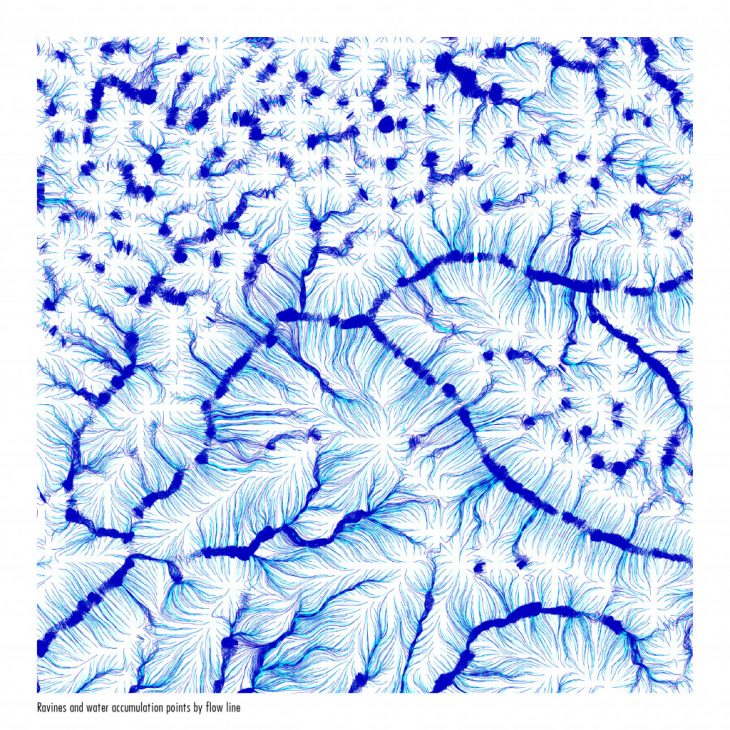
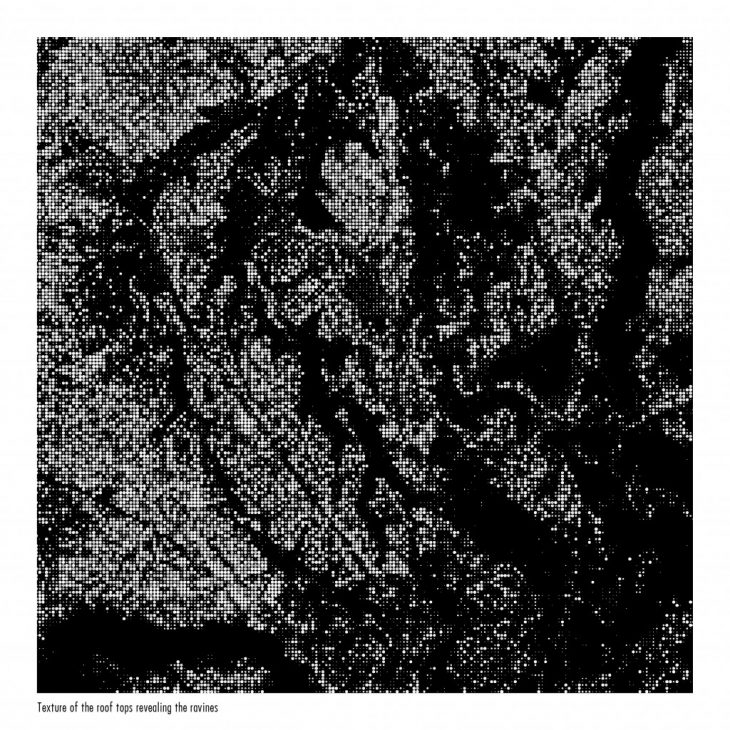
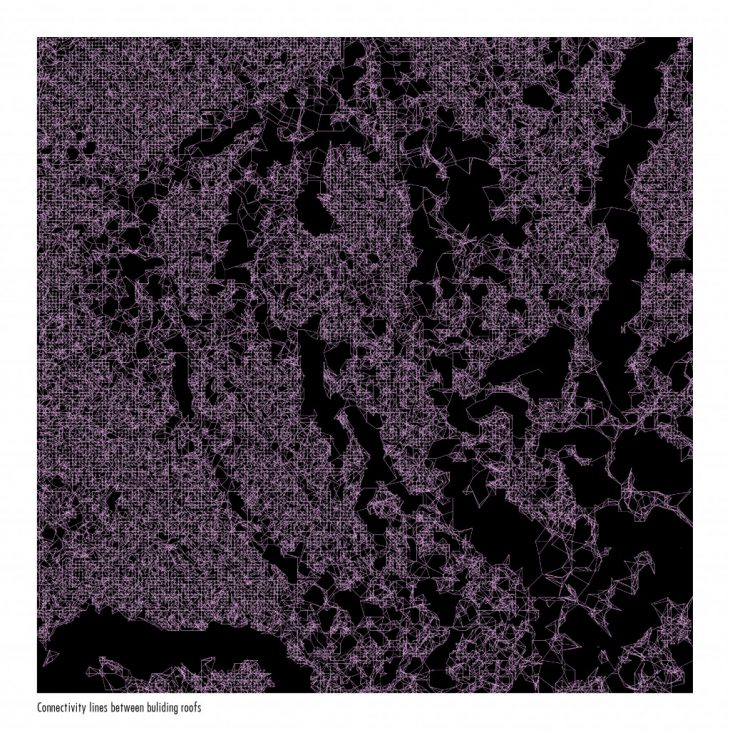
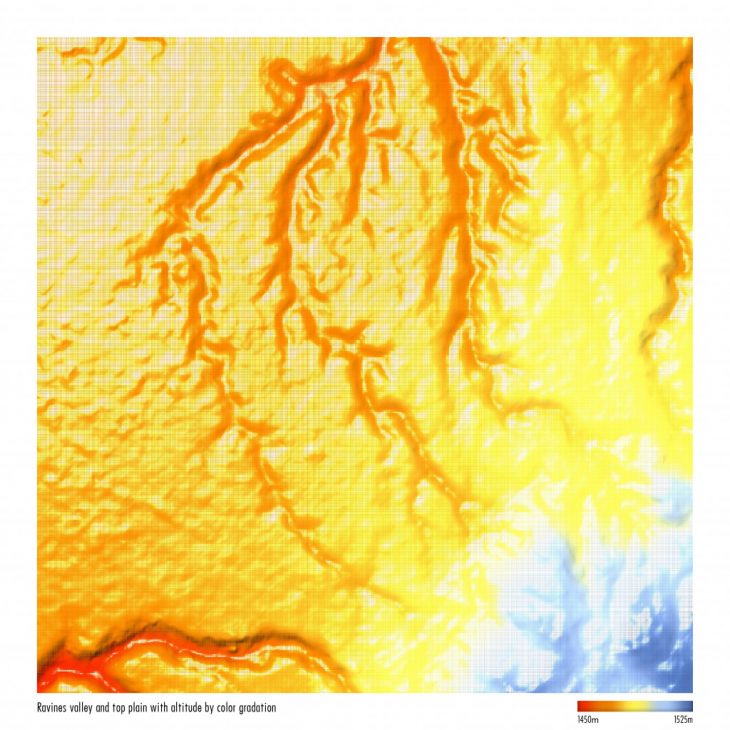
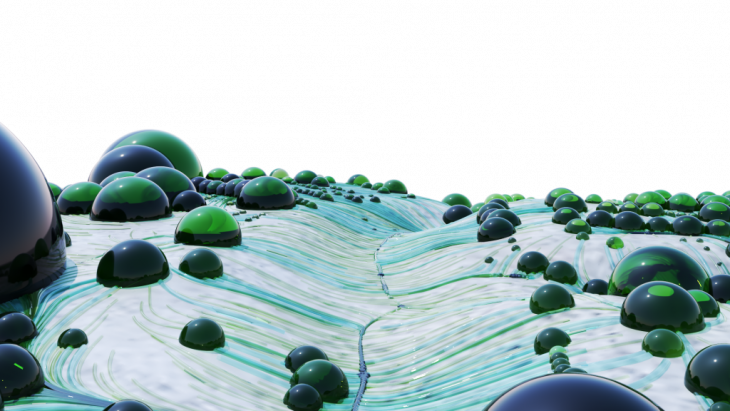
General- The Ravines problem
Guatemala city Is facing many problems.
One of them is the problem of the ravines – pollution, contaminated water, slums, bad stigmas, sinkholes, unplanned building and more.
During the research we found the three topics that we want to target:
• Collecting rainwater to produce hydro-electric power
• Cleaning the ravines with the water
• Working with the local community to create this
We combined them to one project:
Clean up the ravines with the use of, a collecting fresh water system, from the rooftops around the ravines area, which in turn can manufacture electricity.
All this done together with the local community. empowering them and making a “grassroot” change.
We came across “Jungle Urbana”. an initiative led by local activists and architects from Guatemala city that are dealing with the ravines.
Our objective is to work with them in order to make this project real.
We actually are in contact with them and got a lot of information and positive feedback from them.
Naturally, because of Guatemala’s city topography, this solution we are proposing can be scaled to all of the ravines in guatemala city.
